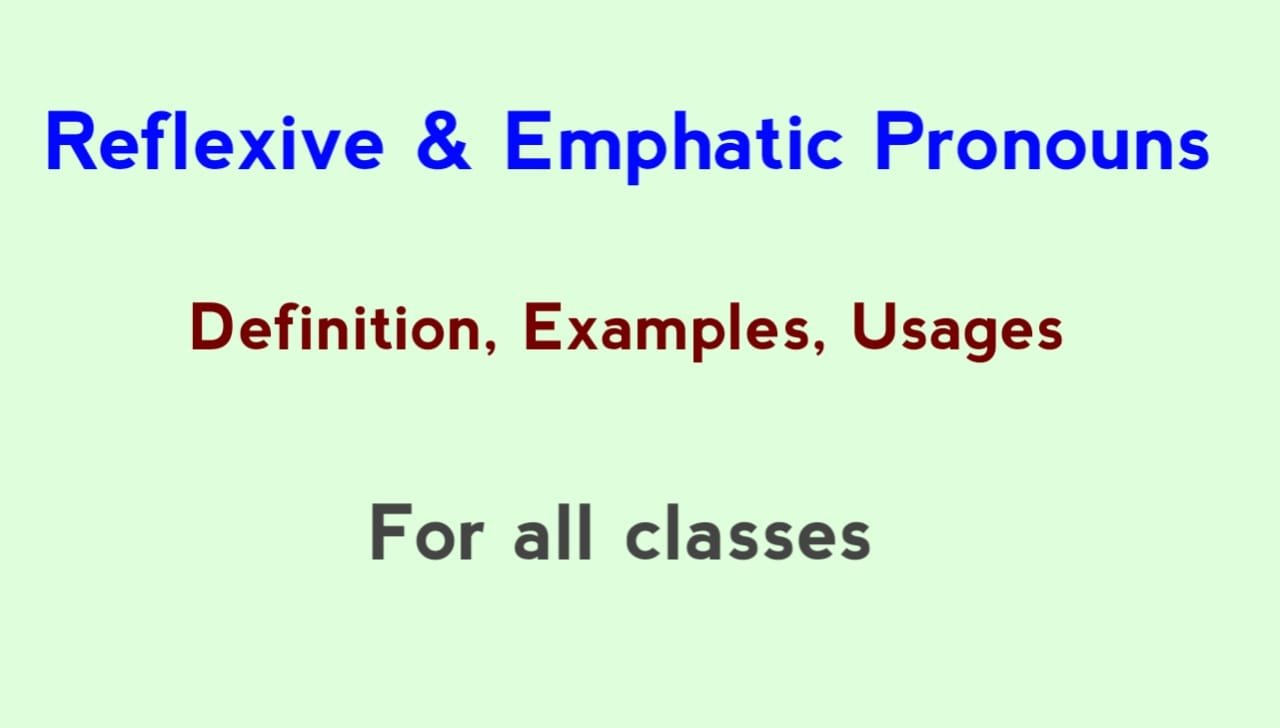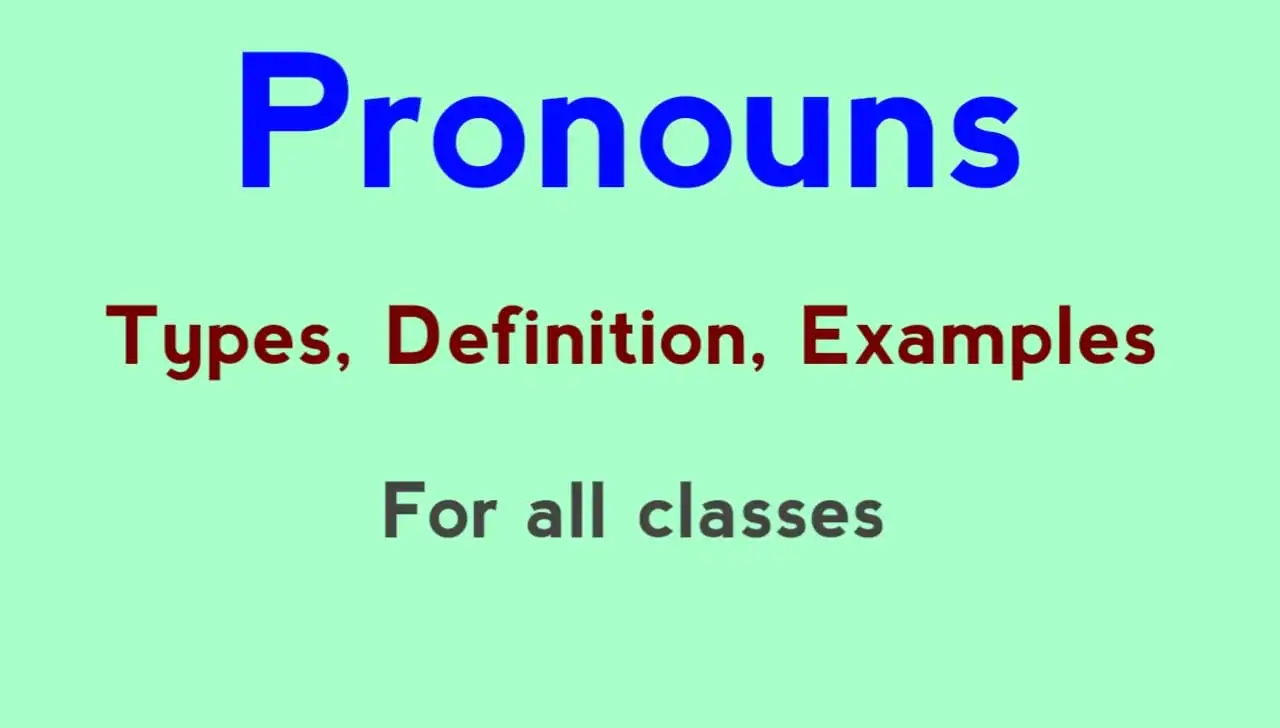This, that, these, those, such, so, the same, and one, is called Demonstrative Pronouns. Demonstrative Pronouns: Definition, Usage, Examples are discussed in the article.
Demonstrative Pronouns
The words, this, that, these, those, such, so, the same, and one, is called Demonstrative Pronouns when they are used alone, or they point to some noun going before and is used instead of it. This noun is called the Antecedent.
Demonstrative Pronoun Examples with Sentences.
(1) This is my book.
(2) These are new books
(3) That is a boy.
(4) Those are lovely flowers.
(5) Such was not my object.
People also read:
| Personal Pronoun | Interrogative Pronoun |
| Possessive Pronoun | Distributive Pronoun |
| Demonstrative Pronoun | Reflexive & Emphatic Pronoun |
| Relative Pronoun | Indefinite Pronoun |
Usage, Examples Demonstrative Pronouns
The Use of This That These Those
(a) “ This ” has reference to the later and “ That ” to the former , when two nouns have been mentioned in a previous sentence or clause:
Example:
work and play are both necessary for health this (play) gives us rest, and that (work) gives us energy.
In this sentence this and that are the substitution of the nouns play and work. so, this and that are Demonstrative Pronouns.
(b) The word “that” together with its plural form “those” is used as a substitute for a single noun previously mentioned:
Example:
The houses of the rich are larger than those (the houses) of the poor.
(c) The words “ that ” or “ those ” can be used as substitutes for a clause or sentence previously mentioned:
Example:
I studied Hindi and English when I was young, and that ( I studied Hindi and English) at Delhi University.
The Use of One None.
(a) Indefinite Demonstrative Pronoun , “ one ” is often used in the sense of any person or every person :
(i)one should take care of one’s health.
(ii)A man ( Any and every man) should take care of his health.
Whenever “ one ” is the subject to a verb, it must be followed by “ one” and not by he. Thus, we cannot say, “one must take care of his health”.
(b) when the antecedent noun is in the singular number we use “ one ” but when the antecedent noun is plural, we use “ ones ” :
(i)There were four hard-working girls and two dull ones in the class.
(ii) I got a prize last year, but I did not get one this year.
(c) “None” ( no one) should be followed by a singular verb when it is the subject of a sentence : None but the brave deserves the fair.
But when several persons or things are spoken off the verb can be made plural by attraction : None of my lost books were found.
Check also:
The Use of Such So The Same.
(a) “Such” can be substituted for a noun in either number: If you are my friend, show yourself as such.
(b) “So” is a domestic pronoun after say, think, tell, etc:
I said or think so.
(c ) “The same” is a demonstrated pronoun in:
I will do the same as you do.
Difference between Demonstrative Pronouns and Demonstrative Adjectives.
| Demonstrative Pronouns | Demonstrative Adjectives |
| (1) When “ this ”, “ that”, “these”, “those”, “ one “, “none ”, “such” are substitutes for some nouns expressed or understood, they are called Demonstrative Pronouns. | (1) When “ this ”, “ that” , “ these ”, “those” , “ one “ , “ none ” , “ such ” are used to qualify some nouns expressed or understood ,they are called Demonstrative Adjectives. |
| (2) They are used alone. | (2) They are always placed before nouns. |
| (3) That is a good boy : Here That is a pronoun as it stands alone as a subject of the verb is. So, it is Demonstrative Pronouns. | (3) That boy is good : Here That is an Adjective as it qualifies its noun boy. So, it is Demonstrative Adjectives. |






